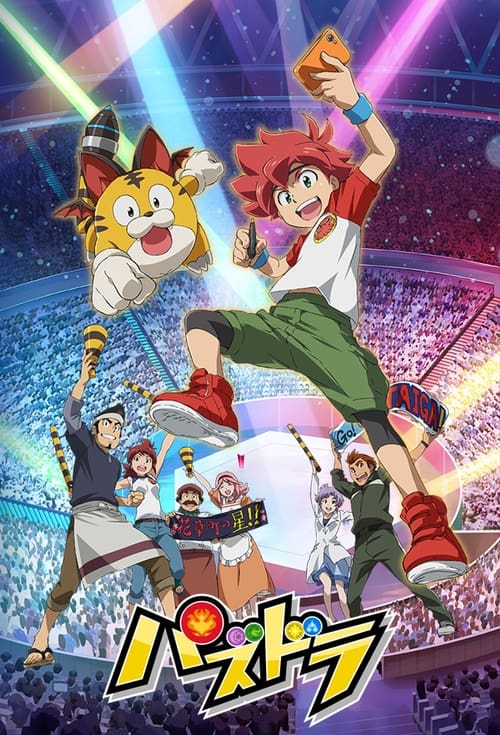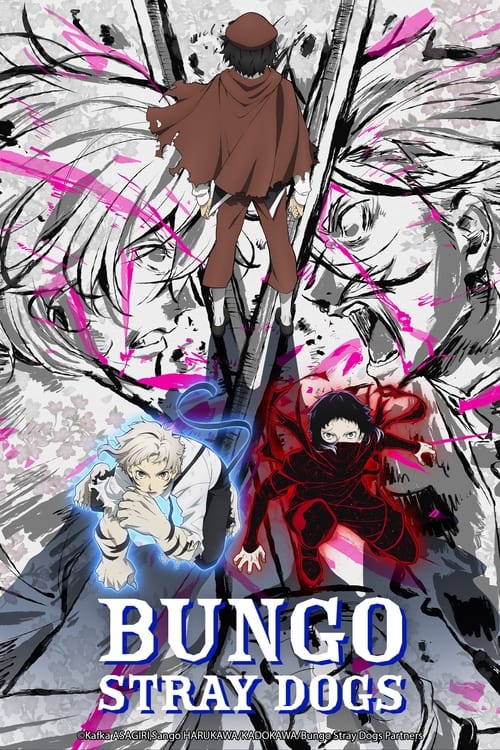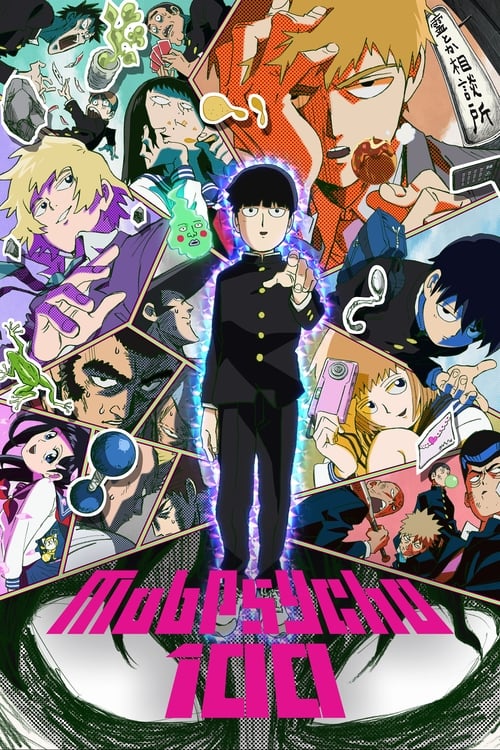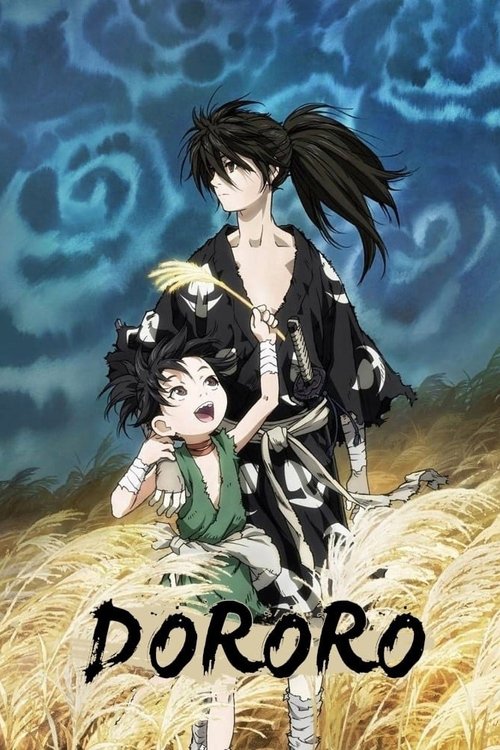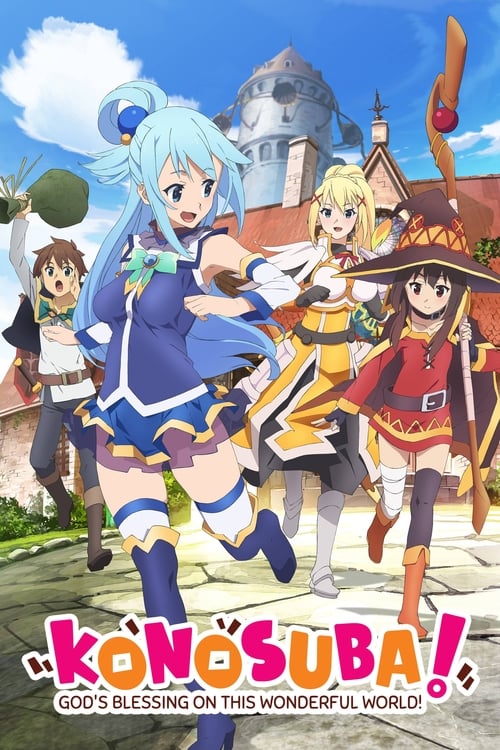
Ask Your Own Question
What is the plot?
The episode begins with Senku and his friends in the midst of their preparations to create a new civilization after the petrification event. They are focused on gathering resources and knowledge to advance their scientific endeavors. Senku is particularly excited about the prospect of creating a new technology that will help them in their quest to rebuild society.
As the group continues their work, they are reminded of the importance of time and the passage of days. Senku reflects on the hundred nights that have passed since they began their journey. This moment of introspection leads to a montage of the group's efforts, showcasing their determination and the various challenges they have faced along the way.
The narrative shifts to Tsukasa, who is also working on his own plans. He is shown to be gathering followers and building his own vision of a new world, one that is in stark contrast to Senku's scientific approach. Tsukasa's motivations are rooted in his belief that only the strong should survive, and he is determined to eliminate anyone who opposes his ideals.
Meanwhile, Senku and his team are making significant progress in their scientific endeavors. They are experimenting with different materials and methods to create new inventions. The atmosphere is filled with excitement and hope as they work together, showcasing their camaraderie and shared goals.
As the episode progresses, the tension between Senku's group and Tsukasa's faction becomes more pronounced. Senku realizes that they need to find a way to protect their advancements and ensure that Tsukasa does not interfere with their plans. This leads to discussions among the group about strategies and potential confrontations with Tsukasa.
In a pivotal moment, Senku decides to take a bold step forward. He proposes that they need to create a powerful weapon to defend themselves against Tsukasa's growing influence. This decision is met with mixed reactions from the group, as some members are hesitant about resorting to violence. However, Senku's determination and logical reasoning ultimately persuade them to support his plan.
The episode culminates in a dramatic confrontation between Senku's group and Tsukasa's followers. The tension is palpable as both sides prepare for a showdown. Senku's team utilizes their scientific knowledge to create a makeshift weapon, showcasing their ingenuity and resourcefulness.
As the confrontation unfolds, there are moments of intense action and strategic maneuvering. Senku and his friends work together to outsmart Tsukasa's forces, using their inventions to gain the upper hand. The battle is filled with suspense as both sides clash, highlighting the stakes of their conflicting ideologies.
In the aftermath of the confrontation, the emotional weight of their actions begins to settle in. Senku reflects on the choices they made and the consequences of their decisions. The episode ends on a note of uncertainty, leaving viewers eager to see how the conflict between Senku and Tsukasa will evolve in the future.
Related Titles
Browse All Titles →What is the ending?
In the ending of "Dr. STONE" Season 1, Episode 17, titled "A Hundred Nights and a Thousand Skies," Senku and his friends successfully launch a rocket into the sky, marking a significant achievement in their quest to rebuild civilization. The episode concludes with a sense of hope and determination as they look toward the future, ready to face new challenges together.
As the episode unfolds, we begin with Senku and his companions, who have been working tirelessly to prepare for the launch of their rocket. The scene is set in the makeshift laboratory where they have gathered all the necessary materials. The atmosphere is charged with excitement and anticipation, as each character reflects on the hard work and dedication that has brought them to this moment.
Senku, driven by his scientific curiosity and desire to advance humanity, meticulously checks the rocket's components. His eyes gleam with determination, showcasing his unwavering belief in the power of science. Taiju, filled with enthusiasm, offers encouragement, while Yuzuriha provides emotional support, reminding everyone of the importance of their mission. The camaraderie among the group is palpable, highlighting their shared goal of reviving civilization.
As the countdown begins, the tension rises. The characters are filled with a mix of anxiety and hope, each one grappling with their own fears and aspirations. Senku's mind races with calculations, while Taiju's heart pounds with excitement. Yuzuriha holds her breath, embodying the collective anticipation of the group. The moment is a culmination of their efforts, and the stakes feel incredibly high.
When the rocket finally launches, it soars into the sky, leaving a trail of smoke behind. The characters watch in awe, their faces illuminated by the glow of the rocket's flames. This moment signifies not just a scientific achievement, but also a symbolic victory for their team. It represents the resilience of humanity and the power of collaboration in the face of adversity.
As the rocket ascends, the scene shifts to the characters' reactions. Senku's expression is one of triumph, a testament to his relentless pursuit of knowledge. Taiju and Yuzuriha share a moment of joy, their bond strengthened by the experience. The launch serves as a reminder of their journey together and the challenges they have overcome.
The episode concludes with the characters looking up at the night sky, filled with stars. They are filled with hope for the future, ready to tackle whatever comes next. The final shot captures their determination, leaving viewers with a sense of optimism and the promise of new adventures ahead.
In summary, the ending of "A Hundred Nights and a Thousand Skies" encapsulates the themes of perseverance, friendship, and the unyielding spirit of humanity as Senku and his friends take a monumental step forward in their quest to rebuild the world.
Is there a post-credit scene?
In the episode "A Hundred Nights and a Thousand Skies" from Dr. STONE, there is indeed a post-credit scene. After the main story concludes, the scene shifts to a serene setting where Senku and his friends are seen gazing up at the night sky filled with stars. This moment captures the beauty of the universe and the vastness of their ambitions.
As they look up, Senku reflects on the importance of the stars and the knowledge they represent. He expresses a sense of wonder and determination, emphasizing the idea that they are just at the beginning of their journey to rebuild civilization. The scene serves to highlight the themes of exploration and discovery that are central to the series, reinforcing the hope and aspirations of the characters as they continue to strive for progress in a world that has been reset to a primitive state.
This post-credit moment encapsulates the emotional weight of their struggles and the dreams they hold for the future, leaving viewers with a sense of optimism and curiosity about what lies ahead in their quest for knowledge and innovation.
How does the episode explore the theme of friendship among the characters?
The episode showcases the deepening friendships among the characters as they work together to celebrate their achievements. Moments of laughter, shared experiences, and mutual support highlight the emotional connections that have developed since the petrification.
What significant event occurs during the night of the festival in episode 17?
During the night of the festival, Senku and his friends celebrate the progress of their scientific endeavors. They gather around a bonfire, sharing stories and enjoying the moment, which highlights the camaraderie and the bonds formed through their shared struggles.
How does Senku plan to use the stars to advance their technology?
Senku uses the stars as a reference point to teach his friends about navigation and astronomy. He aims to create a more advanced understanding of the world around them, which is crucial for their future technological advancements.
What role does Tsukasa play in the events of this episode?
Tsukasa's presence looms over the episode as a reminder of the conflict between his ideals and Senku's vision for the future. His actions and beliefs are contrasted with Senku's scientific approach, creating tension that affects the group's dynamics.
What is the significance of the 'A Hundred Nights and a Thousand Skies' title in relation to the episode's events?
The title reflects the passage of time and the countless nights the characters have endured since the petrification. It symbolizes their journey, the struggles they have faced, and the hope they hold for the future as they look up at the stars, dreaming of what lies ahead.
Is this family friendly?
In "Dr. STONE" Season 1, Episode 17, titled "A Hundred Nights and a Thousand Skies," there are a few elements that may be considered potentially objectionable or upsetting for children or sensitive viewers:
-
Themes of Survival and Desperation: The episode explores the harsh realities of survival in a post-apocalyptic world, which may be intense for younger viewers.
-
Violence and Conflict: There are scenes depicting conflict and the consequences of battles, which may include some level of violence, though it is not graphic.
-
Emotional Struggles: Characters experience significant emotional turmoil, including feelings of loss and despair, which could be distressing for sensitive viewers.
-
Mature Themes: The episode touches on themes of ambition, sacrifice, and the weight of leadership, which may be complex for younger audiences to fully grasp.
Overall, while the series is generally suitable for a wide audience, these elements may require parental guidance for younger viewers.









